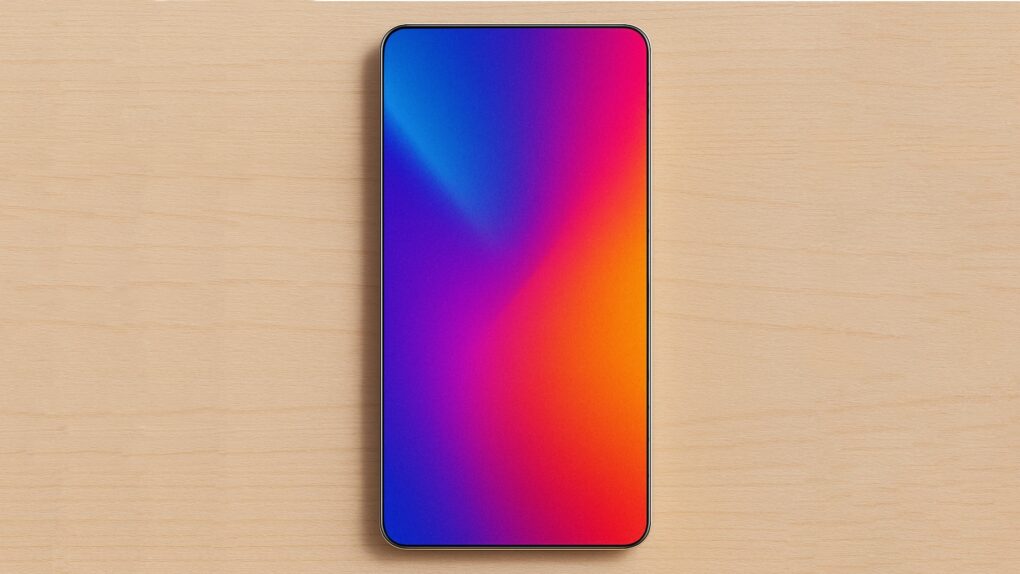The iPhone 20 is reportedly coming sooner than you might think. Apple is so eager to release the 20th anniversary model that it might skip a number and introduce the iPhone 20 months before the usual schedule.
iPhone 20 for iPhone’s 20th anniversary
Apple has followed a nice, simple pattern for new handsets since the iPhone 11 arrived in 2019. New versions come out each September, and the model numbers go up by one. Thus, the iPhone 12, iPhone 13 … all the way up to the new iPhone 17 series last month.
This system is apparently going out the window.
Word first went out a few months ago that Apple plans to split the iPhone releases into two phases starting in 2026. The high-end “Pro” models will continue to come out in the fall, but the two cheaper variants will wait until the following spring.
On Wednesday, Omdia chief researcher Heo Moo-yeol generally agreed with that prediction, but then threw a curveball: There won’t be an iPhone 19. And the model called the iPhone 20 will come out far earlier than expected.
iPhone 19? What iPhone 19?
“Apple will launch iPhone 18e and iPhone 20 in the first half of 2027, and iPhone 20 Air, Pro, Pro Max and iPhone Fold 2 will be released in the second half of 2027,” said Heo (based on an AI translation of an article by South Korean publication Electronic Times).
While skipping a model number might seem odd, there’s a good reason for it. The original iPhone launched in 2007, so 2027 will mark the device’s 20th anniversary. Apple clearly wants iPhone 20 to launch that year.
Tinkering with model numbers is necessary because Apple hasn’t followed a consistent pattern of product numbering over the decades. There’s no better example than the second model: the iPhone 3G. The fifth model was the iPhone 4s, and so on.
What is unusual is that, if the Omdia analyst’s prediction holds true, starting in 2027, customers will be able to buy the base model iPhone 20 for half a year before the Pro versions hit the market.
The iPhone 20 will reportedly bring the biggest design shakeup since the iPhone X in 2017. Most notably, it’ll mark the end of the Dynamic Island. Instead, the screen will cover almost the entire front of the handset.


